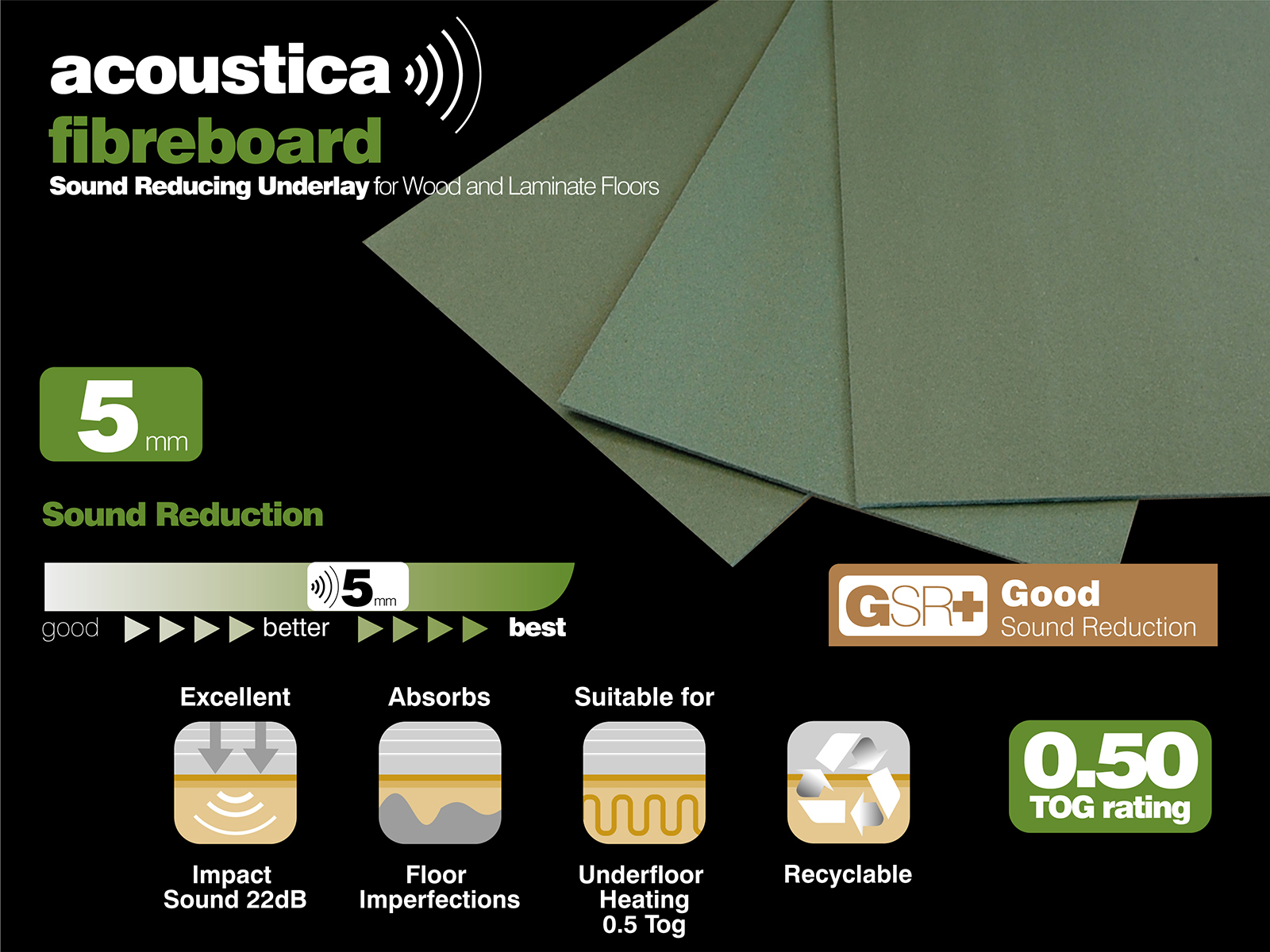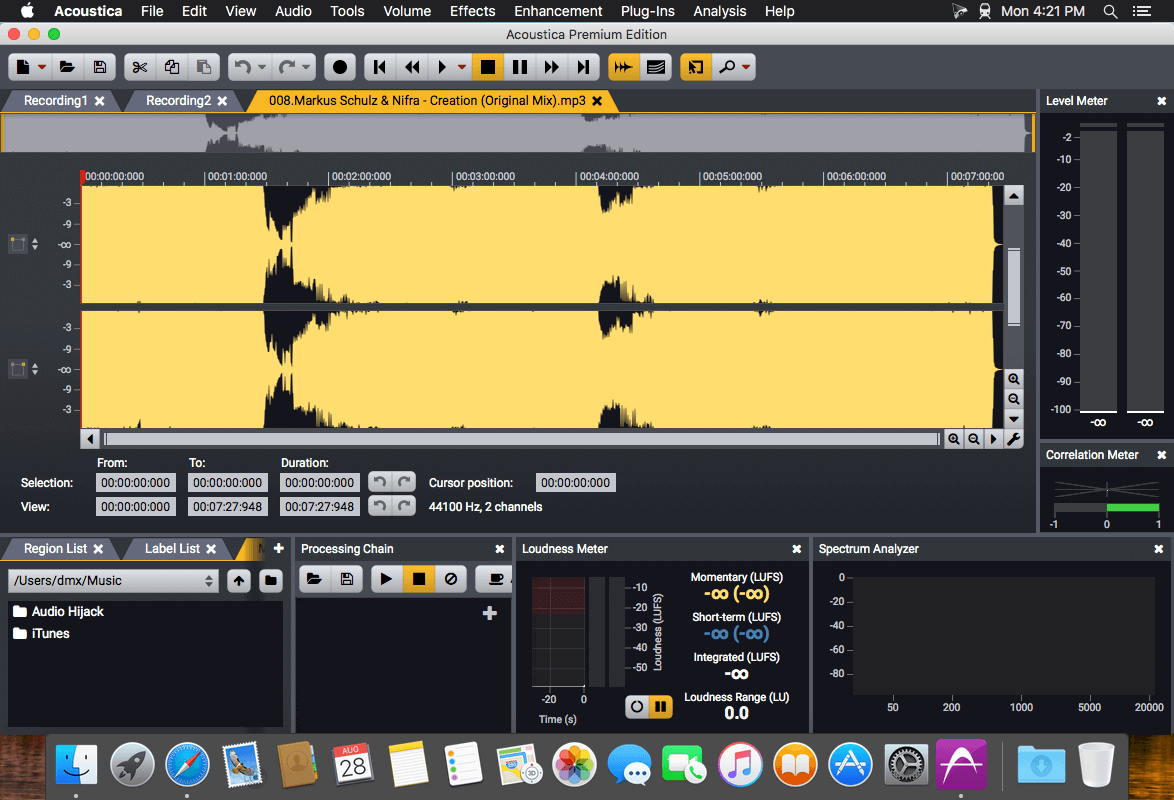

Speakers do not tend to fare well when exposed to extreme temperatures and moisture. Bad wiring in the speaker cabinet, in the cabling to the speakers, from the amp, and throughout the building can result in an intermittent signal and transients that can damage a speaker.You can have a 1000 watt speaker, but if you use a 50-watt amp with the volume turned up more than halfway, it will produce a square wave or clipping, and the lousy signal will damage the voice coil. Some of them may not seem like a big deal, but they can cause distortion in your sound system and lead to injury. Many things can lead to damage to the speakers. You may also require the following items: However, if you don’t have the money or time to go out and buy a new speaker, there are a few things you can do to try to repair your broken speaker cone.Įlectronic and audio stores sell replacement speakers, speaker repair kits, foam, wire, and other parts and materials. When a cone or cabinet is harshly damaged, it’s often not worth repairing. But based on how it broke, repairing your speaker to functional use may or may not be worthwhile. If you are looking to invest in new speakers, it’s safe to say that the better option is to get a higher-end loudspeaker.

Material and quality matter a lot when it comes to the lifespan of the speakers. Others will work for long periods but need parts replaced throughout their lifespan – most often the speaker cones. Some 50-year-old speakers continue to perform incredibly well, even without repair. On the other hand, high-end speakers should last for decades if properly cared for. This leads listeners to frequently replace them to get new ones since it’s often more cost-effective to simply buy new units rather than take the time and money to repair the existing ones. But unfortunately, these low-cost models get frequently built with lower quality components that will eventually fail. While safe operation increases speaker longevity, even the most careful of listeners will eventually have a speaker issue.Įven cheaper speakers can last for five years or more if used regularly. The lifespan factors are design quality, environment, connected amplifier(s), and usage time. When properly cared for, high-quality loudspeakers can last for decades. Now that you know more about how your audio equipment works, let’s get to the nitty-gritty of speakers’ life, how they typically break and what signs are there to look out for when troubleshooting for issues. Generally, most of the common speaker issues can be addressed within these 3 components above. In its simplest form, speaker cones move back and forth to create pressure waves in the air which is called sound.

A crossover network: The device that sends certain frequencies to their appropriate speaker cone.The speaker cabinet: The wooden box that the speaker cones are stored within.Although it appears to be a single unit, a speaker is comprised of several parts: First, to properly understand issues with speakers, you first need to have some general knowledge of how speakers work.


 0 kommentar(er)
0 kommentar(er)
